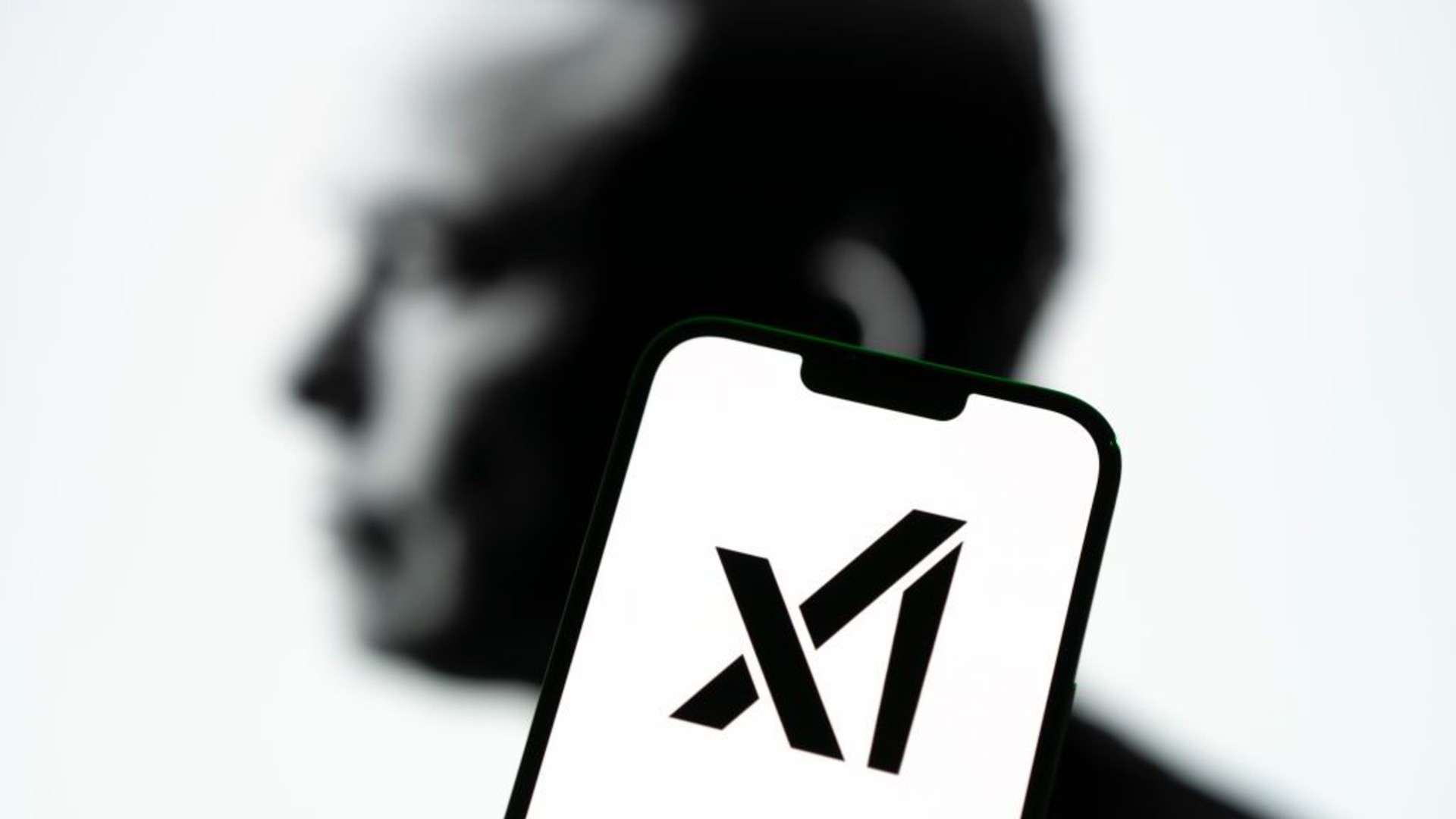Editor’s Note: Below is Grok, the chatbot for xAI that is available on X, answering the question about why xAI just acquire X. For those unfamiliar with how chatbot articles work, they take data available to them through their various datasets and compile what they believe to be “scholarly” or “journalistic” posts. They are rarely accurate, though they’re getting better.
In this case, the article that Grok spit out is accurate… almost eerily so…
On March 28, 2025, Elon Musk announced that xAI, his artificial intelligence company, had acquired X, the social media platform formerly known as Twitter, in an all-stock transaction. The deal values xAI at $80 billion and X at $33 billion, accounting for $12 billion in debt carried over from Musk’s 2022 purchase of Twitter for $44 billion.
This acquisition marks a significant step in Musk’s vision to intertwine his ventures, leveraging X’s vast user base and data to accelerate xAI’s mission of advancing human scientific discovery and understanding the universe. But what drove this bold move? Below, we explore the key reasons behind xAI’s acquisition of X.
1. Access to a Massive Data Trove for AI Development
One of the most compelling reasons for the acquisition is X’s unparalleled wealth of real-time data. With over 600 million active users, X generates a constant stream of posts, interactions, and trends that reflect human thought, behavior, and current events.
For xAI, this data is a goldmine for training its AI models, particularly its chatbot Grok, which has already been integrated into the platform. Unlike competitors like OpenAI or Google, which must negotiate deals to access training data, xAI now has direct, exclusive access to X’s content. This gives xAI a significant edge in building AI systems that can process and respond to real-world information with speed and relevance, aligning with Musk’s goal of creating a “maximum truth-seeking AI.”
2. Synergy Between AI and Social Media
The acquisition allows xAI to embed advanced AI capabilities directly into X, enhancing the platform’s functionality. Since Grok’s debut in November 2023, Musk has used X as a testing ground for AI-driven features, such as trending story summaries, AI-generated questions on posts, and real-time news updates.
By owning X outright, xAI can deepen this integration, potentially introducing smarter content moderation, personalized feeds, and innovative tools like conversational AI assistants for users. This synergy not only improves the user experience but also positions X as a cutting-edge platform in a competitive social media landscape, potentially reversing its valuation struggles since Musk’s initial takeover.
3. Consolidating Musk’s Ecosystem
Musk has a history of creating interdependent companies that share resources, talent, and technology—think Tesla and SpaceX, or The Boring Company and Neuralink. The acquisition of X by xAI fits this pattern, consolidating two of his most influential ventures under one umbrella. By merging xAI’s AI expertise with X’s distribution network, Musk can streamline operations and align their goals.
X’s role as a “digital town square” complements xAI’s mission to understand the universe, as both aim to advance human knowledge and discourse. This move also simplifies governance, with Musk likely retaining controlling interest in the combined entity, ensuring his vision drives both companies forward.
4. Financial Engineering and Stability for X
The deal’s financial structure suggests another motive: stabilizing X’s shaky finances. When Musk bought Twitter in 2022, it came with $13 billion in debt, and subsequent challenges—advertiser exodus, user deactivations, and a pivot to subscriptions—saw its valuation plummet to as low as $10 billion by September 2024.
The all-stock acquisition by xAI, bolstered by a recent $6 billion funding round in December 2024, allows X to offload its debt burden onto a more robustly valued xAI, now worth $80 billion. This not only rescues X from potential financial distress but also signals to investors that Musk’s empire remains a growth opportunity, potentially attracting further investment.
5. A Competitive Play in the AI Race
The AI industry is fiercely competitive, with players like OpenAI, Google, and Microsoft vying for dominance. xAI’s acquisition of X is a strategic countermove, amplifying its reach and resources.
Earlier in 2025, xAI and a consortium made a $97.4 billion bid for OpenAI—where Musk was a co-founder before parting ways in 2018—but were rebuffed. Acquiring X provides xAI with a platform to deploy AI at scale, rivaling OpenAI’s ChatGPT integrations. With the Colossus supercomputer in Memphis, touted as the world’s largest, xAI can now leverage X’s user base to test and refine models like Grok-3, released in February 2025, keeping pace in the race for AI supremacy.
6. Advancing Musk’s Vision of Truth and Progress
At its core, the acquisition reflects Musk’s philosophical ambitions. He has framed X as a space for seeking “ground truth” and xAI as a tool to understand the universe’s true nature. By combining them, Musk aims to create a platform that not only reflects the world but actively accelerates human progress through AI-driven insights.
This vision, while ambitious, carries risks—privacy concerns over data use, potential shareholder dilution, and the challenge of balancing X’s operational needs with xAI’s research focus. Yet, for Musk, these are likely calculated trade-offs in pursuit of a transformative legacy.
Conclusion
xAI’s acquisition of X is a multifaceted strategy, blending data access, technological synergy, financial restructuring, and competitive positioning. It positions xAI to harness X’s real-time data and user base to fuel AI innovation, while offering X a lifeline to evolve beyond its troubled past.
For Musk, it’s a step toward unifying his ventures into a cohesive force for advancing knowledge and reshaping digital interaction. As the integration unfolds, the world will watch whether this bold gamble delivers smarter experiences—or stirs new controversies in Musk’s ever-expanding empire.






And if I had to guess, I’ll bet it works just as good as Tesla Auto-Pilot.
I’ve interacted with both Grok and ChatGPT and found that both (esp CG ) can be both factually wrong, and also reflect programming bias. For example I asked Grok a few days ago to give me a list of the Presidents. It correctly listed Trump’s first term as #45 with correct dates, then Biden #46, but it stated that as of – I think it was March 18 I posed this, that Biden was STILL President – no mention of Trump’s 2nd term. That’s a pretty glaring mistake. I found several database errors in a ChatGPT series of questions I posed, which resulted in incorrect calculations. So we should be very careful about using AI and always aware that there can be inaccuracies and bias. It’s NOT a “God voice”.
AI, at least in its current form, just sorts through a monumental pile of information, composed of truth, lies, opinions, and everything in between, and uses language models to try to present what it finds in as human-sounding a manner as possible. The impression that it is some all-knowing oracle is nothing but an illusion.
AI’s speed makes it very impressive at sorting through vast quantities of information and trying to present what best matches a given query, but that’s just a fancier database search, something computers have been doing for decades. The problem is that once it compiles what is hoped will be some gems from out of the internet landfill, it has no ability to subjectively determine truth from fact, ugliness from beauty, or especially to evaluate one person’s opinions against another’s. Since it’s not a thinking human, it can’t actually apply all the nuance of human intelligence and intuition, it can only imitate it. And the language models applied over the top of the data sorting act to obscure the limitations of the process by making the results, shaky as some may be, by making them sound authoritative.
An example that illustrates the internal limitations: As impressive as AI image generation is even at this early stage, imagine what would happen if we stopped feeding it new image data and forced it to try to create something entirely new from the existing database. My prediction: At first it would create some impressive iterations on the images in its existing database, but as it attempted to create completely new images, they would become steadily more distorted and abstract until everything it created was just unrecognizable mush resembling nothing. AI image generation just takes existing images apart, combines them with bits and pieces of other existing images, and extrapolates from those images to generate new combinations of their components. The only way it can create truly new and inventive material is if new and different images from the real world are added to its database. If the database stagnates, it can only endlessly scramble up what it already has, leading to either a ceiling on its ability to create novelty, or a descent into a form of computer madness where it goes beyond any guiding rules and just scrambles the pieces into an ever more meaningless and unrecognizable mess.
It would be like asking a computer to take the pieces of a jigsaw puzzle and use them to create new and different images. For a while, it would be able to come up with some things no one imagined, but unless new pieces were constantly added from beyond the set from the original puzzle, it would quickly reach diminishing returns. And that’s because COMPUTERS CAN’T THINK. They have no imagination, they’re just deceptively fast sorting machines.
So true. I asked it to grab some info on a stock ticker the other day, and I knew the rough price and EPS etc. It grabbed data from before this stock split last year… actually I asked about two of them and it gave me pre-stock data… that Split LAST YEAR! So I argued with it and told it to go get it for TODAY… I literally had to tell it five times to do that and it still didn’t… Then I gave it a screenshot, and only then did it say it had accessed old data… The shocking thing was, it kept telling me that “I” was the one getting old data and it did it was such deep confidence. So my advice… While ChatGPT is spectacular at subjective data and even some basic things, like give me a list of how Vitamins help the body… but more in the subjective realm… So while it’s mind-blowingly good, not to mention FAST, it is not something to be relied on for specific data… Such as the stock market… The ol’ “Trust but verify” on many things…. But the subjective things or writing articles and things like that… it’s excellent.
So glad I never signed up for a twitter account.
Large holdings corporations move and merge subsidiary companies like this all the time, that’s not even an impressive molehill you’re trying to make a mountain out of.